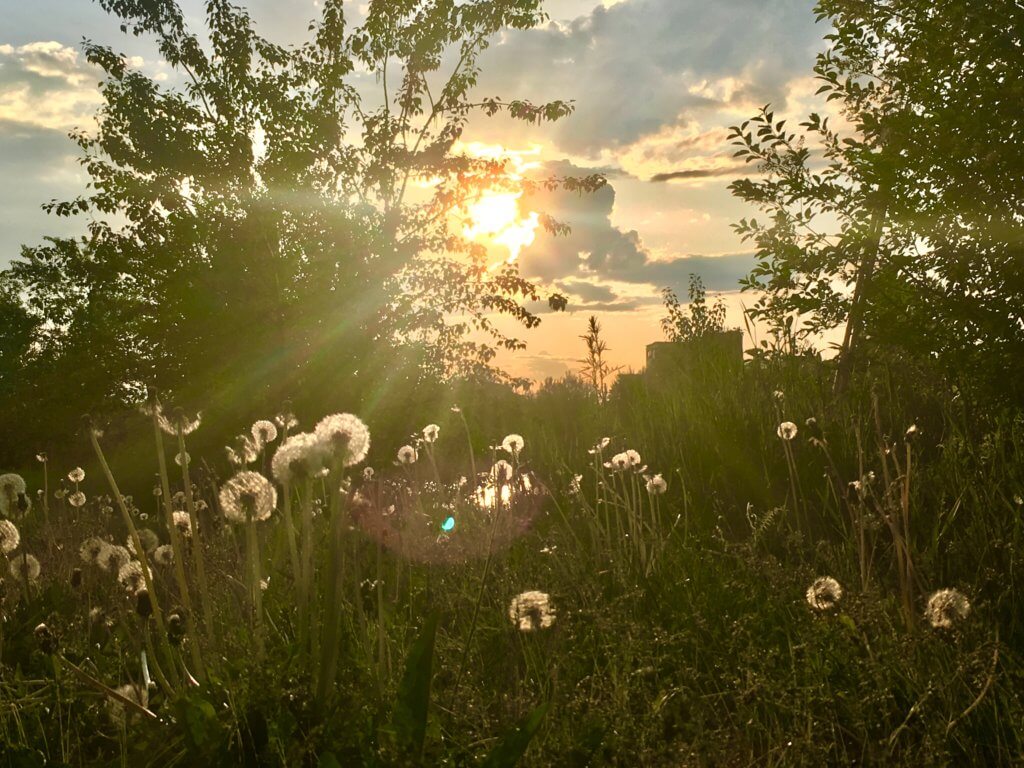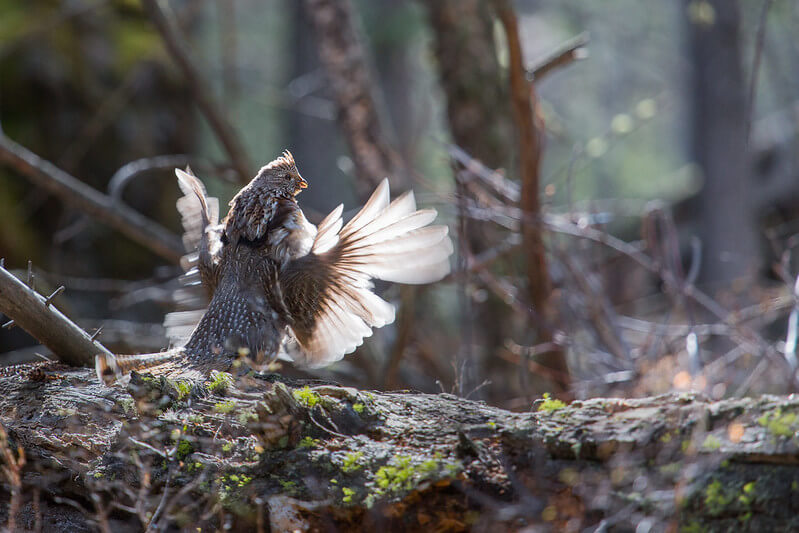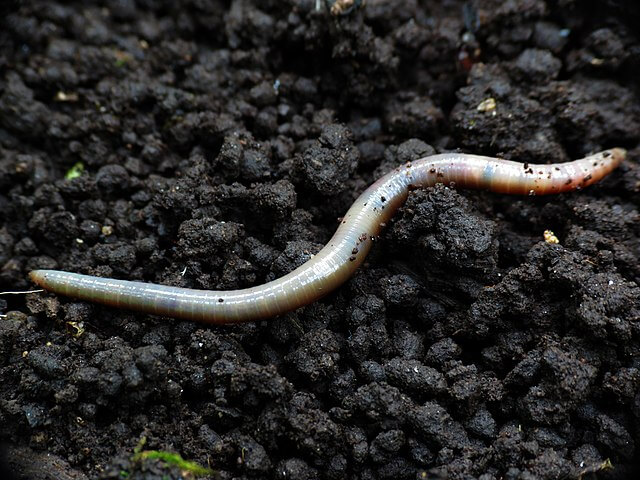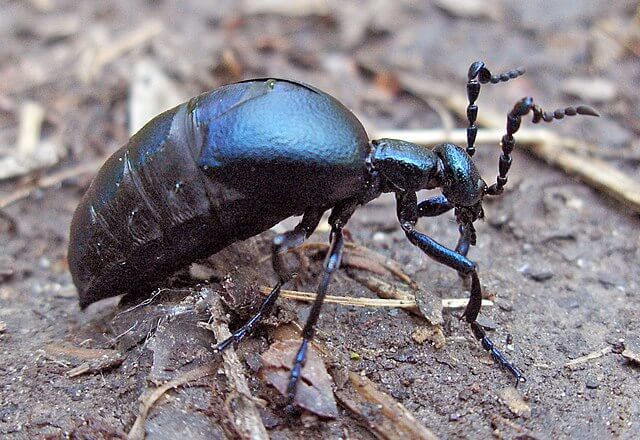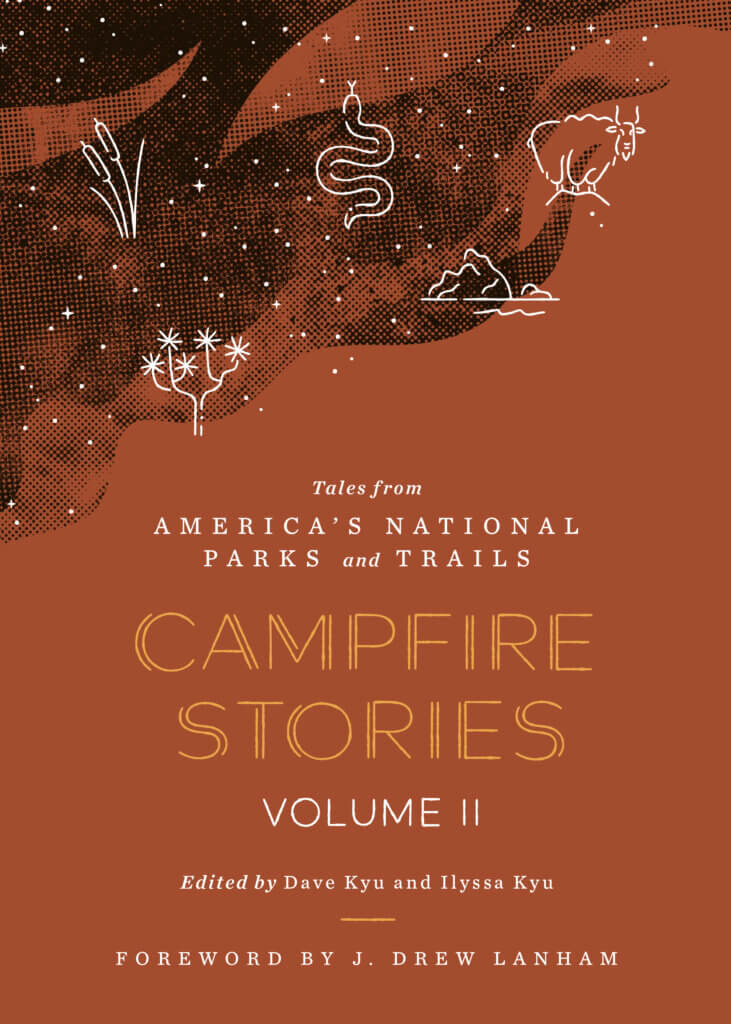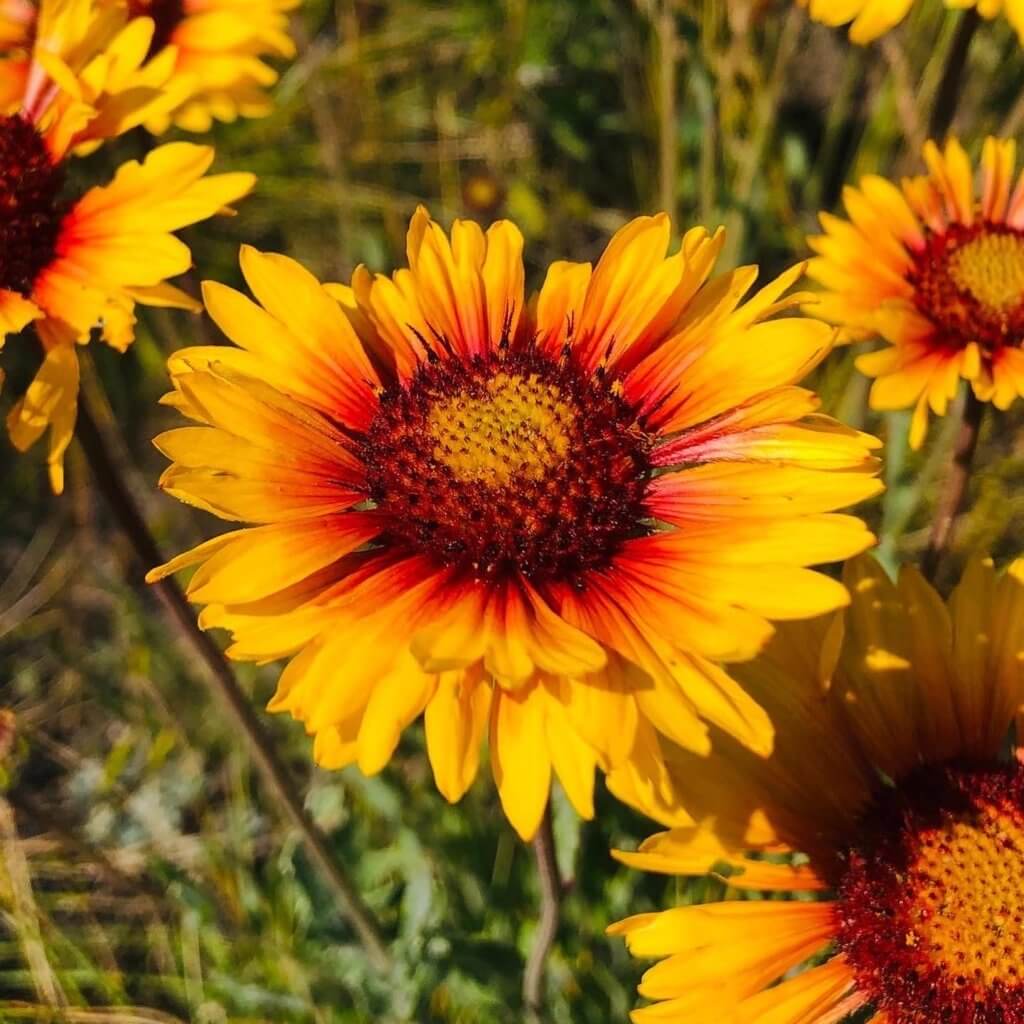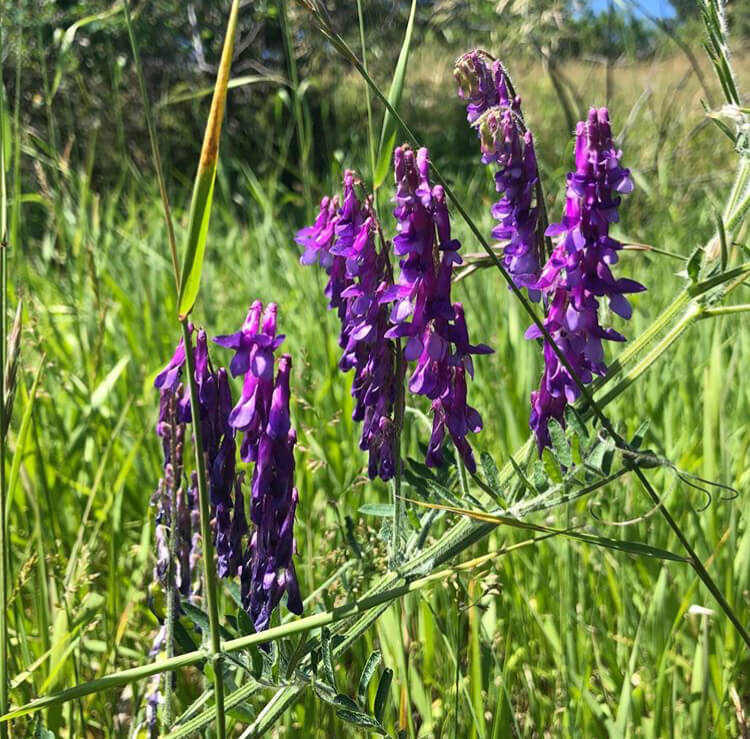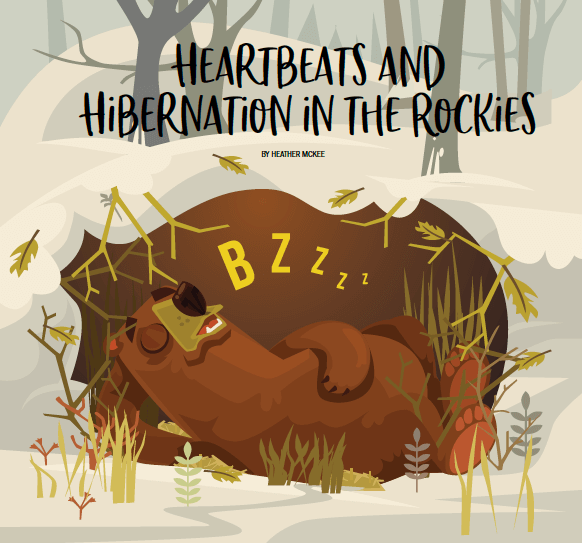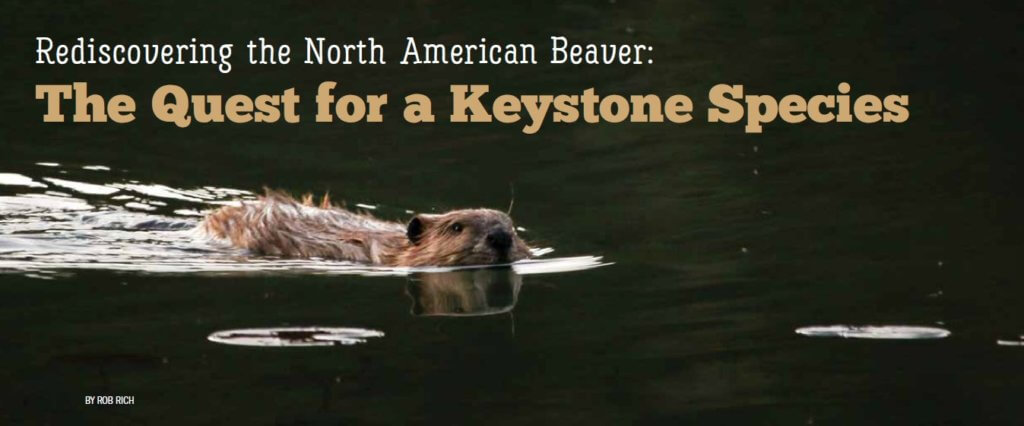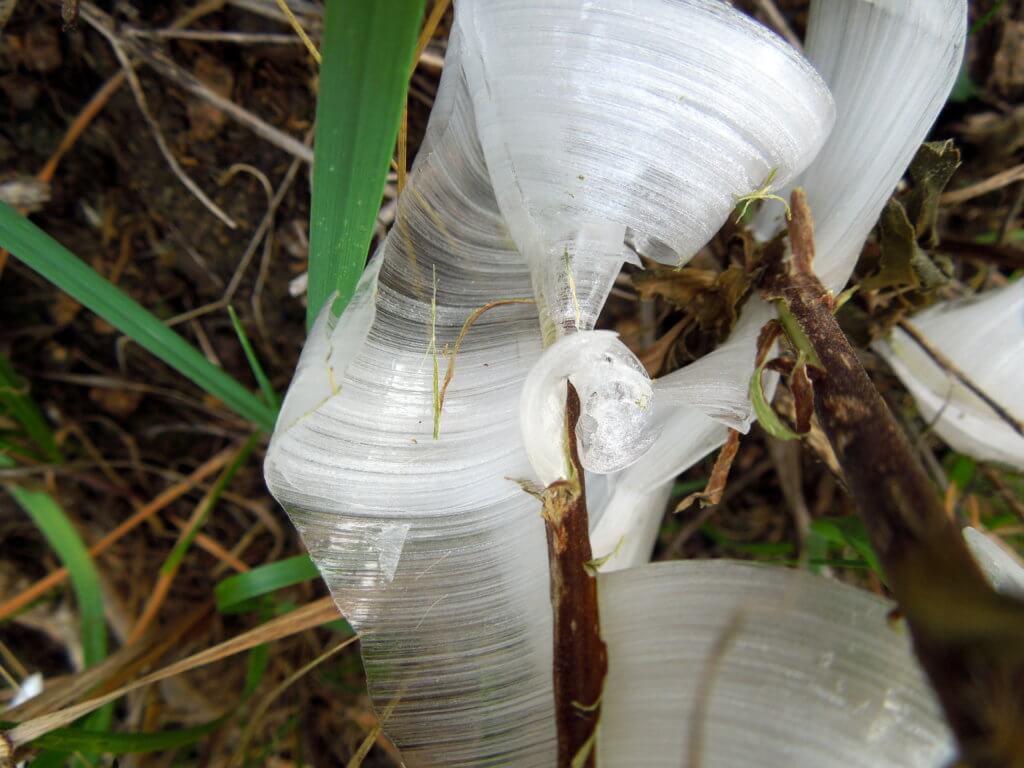Sponges: These Aquatic Oddities Are At Home In Montana
By Joshua Goldberg
Broadcast 6.2009, 9.8.2015, 1.7 & 1.10.2020
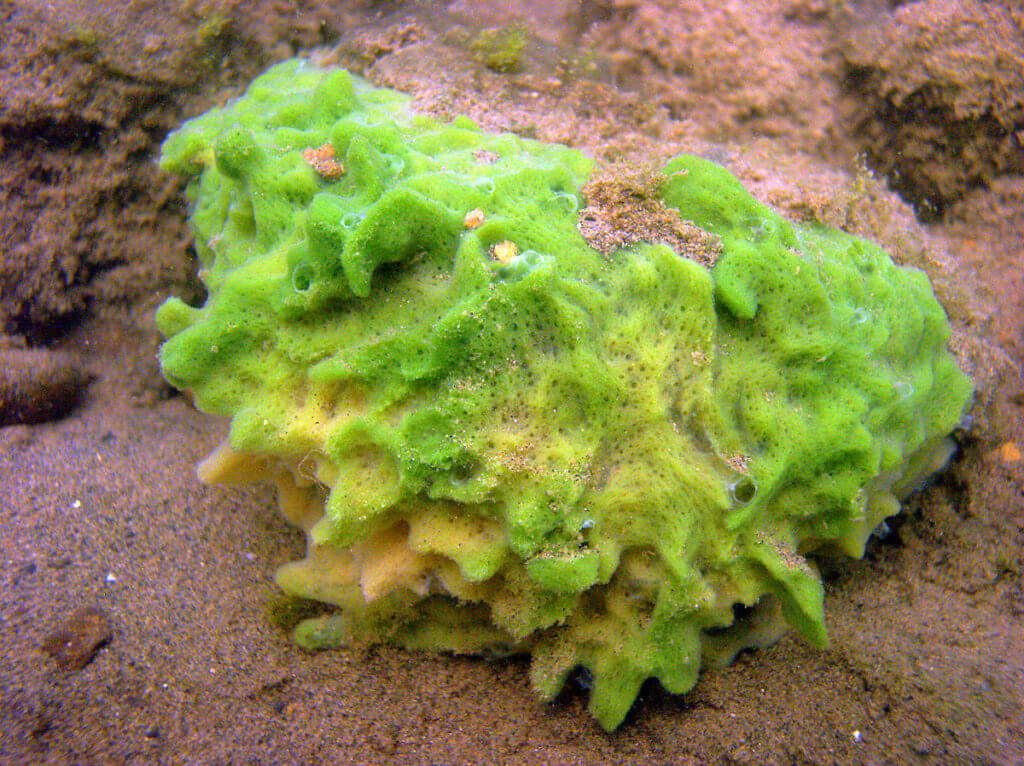
Spongilla lacustris, a widespread freshwater sponge often found under logs and rocks in lakes. Photo by Kirt L. Onthank, CC 3.0.
Listen:
If you have a shower or sink, you probably have a sponge. We manufacture most of our cleaning sponges nowadays, but some sponges still come from the skeleton-like remains of an aquatic creature.
Although many people associate these stone-like animals with the crystalline waters of the tropics, several species of sponges do occur in lakes and ponds across North America, including those of western Montana.
To survive in this variety of habitats, sponges use a unique structure, which allows for enormous adaptation and diversification. Sponges employ a fundamentally different design than all other members of the animal kingdom.
Generally speaking, animals consist of an opening for food intake, an internal cavity, where digestive juices break down the food for use or storage, and an opening to evacuate what remains. This basic animal structure requires different tissue types to carry out all the different functions of the body.
Sponges, however, lack tissues entirely. Since they have no tissues, sponges can survive being forced through a fine mesh and can re-assemble themselves with no harm done. So, how do sponges work, anyway?
Sponges do have multiple different cell types, but these cells are not organized into tissues that collectively carry out specific functions. This amalgamation of cells allows sponges to feed on suspended particles in water.
The general shape of a sponge looks something like a hollow bulb or tube with many holes in its surface. Within this shape, the independent cell types occupy three distinct layers with different cell functions.
The cells on the outside of the bulb give the sponge its shape. The cells on the inside of the bulb circulate water and take in the suspended particles that provide food for the entire organism. The cells in the layer in between distribute the food throughout the sponge.
In moving this food around the sponge, the middle-layer cells also create the hardened, porous framework that provides a structure for all the other cells to grow on and becomes our kitchen scrubber once the sponge has died.
There are four species of sponges native to Montana. All of the Montana sponges exhibit a variety of forms, including flat disks, tubes and lumps. These different organisms colonize distinct aquatic habitats, including the undersides of floating logs and rocky bottoms.
Some that live on the bottoms of lakes and ponds cultivate a cooperative relationship with algae to obtain food and oxygen. Each of these species has evolved different ways of coping with Montana’s cold winters.
Three species overwinter in small, dormant capsules that revive when conditions improve in the spring. The other species undergoes a different form of dormancy, shriveling up and surviving the winter in a regressed state, much like a plant will lose its leaves in the fall and send up new shoots in the spring.
Three of the Montana sponges also live in freshwater systems around the world and thrive under a variety of conditions. In Montana, researchers have documented these sponges in 24 lakes and ponds from 6 distinct drainages, including the Missouri-Sun-Smith basin, the Upper Missouri Tributaries basin, the Upper and Lower Clark Fork basins, the Kootenai basin and the Flathead basin.
The fourth sponge species is only found in Montana. It has been documented so far in Coopers Lake, Salmon Lake and Blanchard Lake. The next time you wash your dishes or shower, remember that sponges represent a group of truly unique members of the animal kingdom.
Consider the assemblage of cells that once passively fed on particles passing through the porous scaffold we use to clean our dishes, face and body.
And remember, sponges survive in a multitude of conditions, perhaps even at the local lake where you enjoy the great outdoors with your family.
Every week since 1991, Field Notes has inquired about Montana’s natural history. Field Notes are written by naturalists, students, and listeners about the puzzle-tree bark, eagle talons, woolly aphids, and giant puffballs of Western, Central and Southwestern Montana and aired weekly on Montana Public Radio.
Click here to read and listen to more Field Notes. Field Notes is available as a podcast! Subscribe on iTunes, Google Play, or wherever you listen to podcasts.
Interested in writing a Field Note? Contact Allison De Jong, Field Notes editor, at adejong [at] montananaturalist [dot] org or 406.327.0405.
Want to learn more about our programs as well as fun natural history facts and seasonal phenology? Sign up for our e-newsletter! You can also become a member and get discounts on our programs as well as free reciprocal admission to 300+ science centers in North America!

